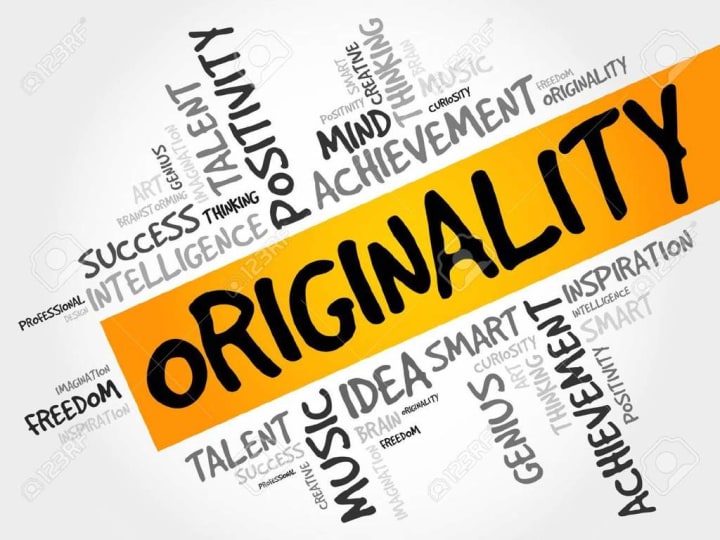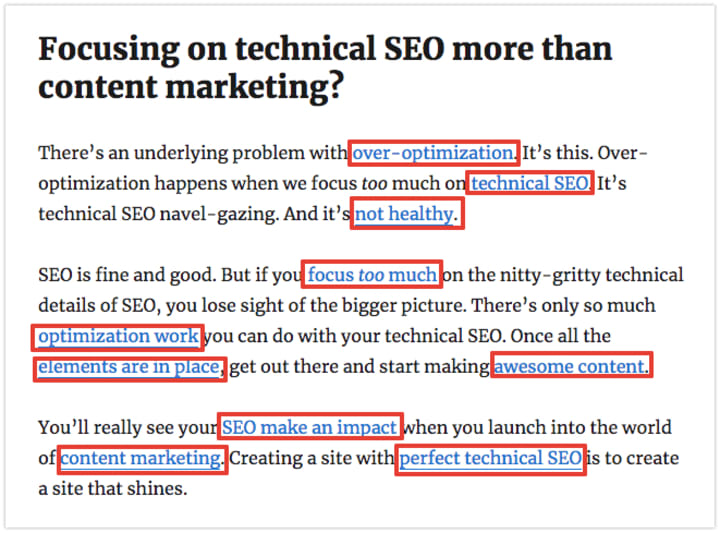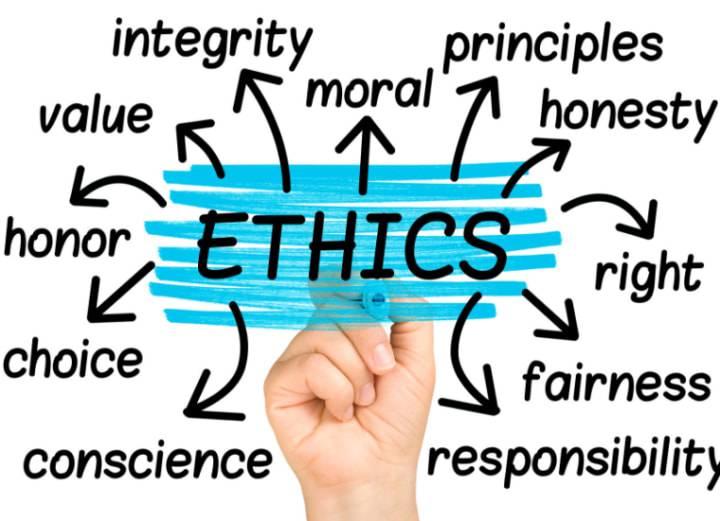Warning About Content Creators
Warning About Content Creators Using AI for Content Creation

Introduction:
Artificial Intelligence (AI) has become an indispensable tool in various industries, including content creation. AI-powered content creation tools offer unmatched speed, efficiency, and productivity, allowing content creators to produce high volumes of content in a fraction of the time it would take using traditional methods. While AI brings numerous benefits to the content creation process, there are also some potential pitfalls and challenges that content creators need to be aware of. In this article, we will explore the warning signs and considerations for content creators when using AI for content creation.
1. Lack of Originality:
One of the main concerns associated with using AI for content creation is the potential lack of originality. AI algorithms learn from existing data and patterns, and while they can generate new content, they may lack the creativity and innovation that human writers bring to the table. AI-generated content may follow common structures and use repetitive language, leading to content that feels formulaic and uninspiring.

Content creators must strike a balance between using AI for efficiency and originality. It is crucial to infuse human creativity into the content creation process to maintain a unique brand voice and captivate audiences with fresh perspectives.
2. Quality Control:
AI-generated content may not always meet the high standards of quality that human writers can achieve. While AI tools are continually improving, they may still produce inaccuracies, grammatical errors, and irrelevant information. Poorly generated content can damage a brand's reputation, lower search engine rankings, and deter audiences from engaging with the content.
Content creators must carefully review and edit AI-generated content before publishing it. Quality control measures, such as human proofreading and fact-checking, are essential to ensure that the final content is accurate, reliable, and aligns with the brand's values.

3. Misinterpretation of Context:
AI algorithms rely on patterns and data to generate content, but they may not always grasp the context or intent behind specific topics. This can lead to content that is off-topic, irrelevant, or even inappropriate for the intended audience. Misinterpretation of context can be particularly problematic in sensitive industries or when dealing with complex subject matters.
Content creators should exercise caution when using AI to generate content for nuanced or emotionally charged topics. Human oversight is crucial to ensure that the content aligns with the intended message and context.
4. Overuse of Keywords:
AI tools designed for search engine optimization (SEO) may prioritize keyword placement to improve rankings. However, an overemphasis on keywords can result in content that feels forced and unnatural. Such content may fail to resonate with readers and could even be penalized by search engines for keyword stuffing.

Content creators must maintain a balanced approach to keyword usage and focus on producing content that is valuable and relevant to their audience. The primary goal should be to create content that informs, educates, and engages readers, rather than merely catering to search engine algorithms.
5. Ethical Concerns:
AI-generated content can raise ethical concerns, especially when it comes to transparency and disclosure. Audiences may not always be aware that the content they are consuming has been generated by AI, which raises questions about authenticity and trust.
Content creators should be transparent about the use of AI in their content creation process. Clearly disclosing when AI has been involved can help maintain trust with the audience and uphold ethical standards in content creation.

6. Loss of Human Touch:
While AI can streamline the content creation process, it cannot entirely replace the human touch and emotional connection that human writers bring to their work. Content created by humans often carries a sense of authenticity, empathy, and relatability that AI-generated content may lack.
Content creators must strike a balance between AI-driven efficiency and human creativity. Combining AI-generated content with human input can result in a more well-rounded and emotionally engaging content strategy.
7. Limited Creativity in Specific Industries:
Some industries require a high level of creativity and emotional intelligence in their content, such as art, literature, or motivational writing. AI may struggle to replicate the depth of emotions and subtleties required in such fields, leading to content that falls short of audience expectations.
Content creators in creative industries should carefully assess when and how to use AI. Human creativity and emotional intelligence remain invaluable in these fields, and AI should be seen as a supplementary tool rather than a replacement.
8. Intellectual Property Concerns:
AI-generated content may inadvertently infringe upon existing copyright or intellectual property rights. Content creators must be cautious when using AI to ensure that the generated content does not violate copyright laws or plagiarize existing material.
Content creators should verify that AI-generated content is unique and does not reproduce copyrighted material without proper attribution or permission.

Conclusion:
While AI tools offer significant benefits to content creators, they also come with important considerations and warnings. The lack of originality, quality control issues, misinterpretation of context, and ethical concerns are just some of the challenges that content creators must be mindful of when utilizing AI for content creation. Striking a balance between AI-driven efficiency and human creativity is essential to deliver high-quality, engaging, and authentic content that resonates with audiences. By understanding these warnings and taking necessary precautions, content creators can harness the power of AI to enhance their content creation process while maintaining the human touch that makes their content unique and impactful.





Comments
There are no comments for this story
Be the first to respond and start the conversation.